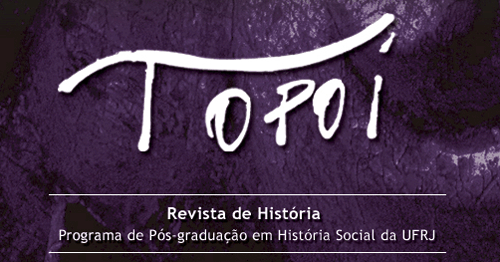Mexico's strategy of development in the twentieth century tended to drive new agricultural investments into Mexico's northern deserts and a few lowland tropical valleys. A conjuncture of factors created this trend. The political faction known as "the Sonoran Dynasty" that dominated Mexico's post-revolutionary governments played a critical political and intellectual role. A political crisis resulting from a challenge to the Sonoran vision during the Cardenas government (1934-40) led to an agreement between the United States government, the Rockefeller Foundation, and the Mexican President elected in 1940 to create a program of agricultural research. The development strategy based on this research, which came to be called "The Green Revolution," would dominate Mexican agricultural policies and would also have a major impact on development patterns around the world. Using a combination of archival, secondary, observational, and interview methods, this article examines the deep historical roots of these events and their intended and unintended consequences.
Green Revolution; Mexico; agrarian history; environmental history; 20th century.
